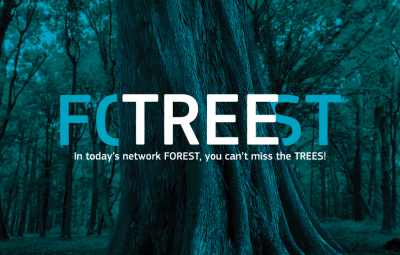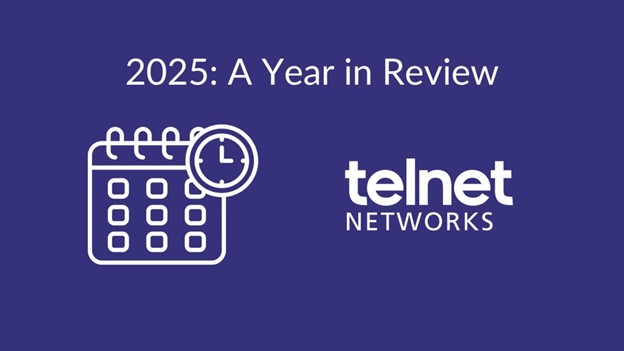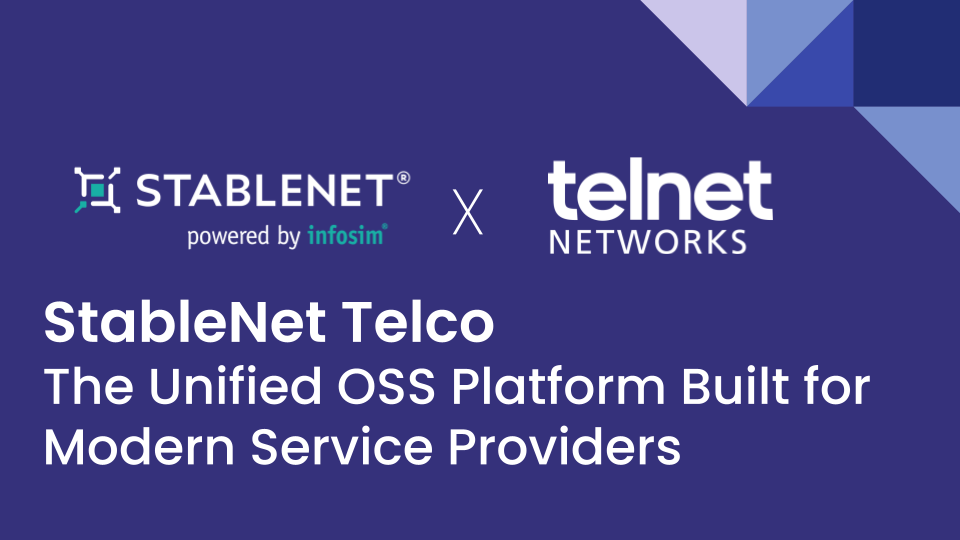These days, your network is as important to your business as any other item—including your products. Whether your customers are internal or external, you need a dependable and secure network that grows with your business. Without one, you are dead in the water.
IT managers have a nearly impossible job. They must understand, manage, and secure the network all the time against all problems. Anything less than a 100 percent working network is a failure. There is a very familiar saying: Don’t miss the forest for the trees. Meaning don’t let the details prevent you from seeing the big picture. But what if the details ARE the big picture?
Today’s IT managers can’t miss the forest OR the trees!
Network visibility is a prime tool in properly monitoring your network. You need an end-to-end visibility architecture to truly see your network. This visibility architecture must reveal both the big picture and the smallest details to present a true view of what is happening in the network.
The first building-block to your visibility architecture is access to the data. To efficiently monitor a network, you must have complete visibility into that network. This means being able to reliably capture 100% of the network traffic under all network conditions.
To achieve this, devices need to be installed into the network to capture that data using “taps” or Switch Port Analyzers (SPANs).
A tap is a passive splitting mechanism placed between two network devices. It provides a monitoring connection. Using taps, you can easily connect monitoring devices such as protocol analyzers, RMON probes and intrusion detection and prevention systems to the network. The tap duplicates all traffic on the link and forwards this to the monitoring device. Any monitoring device connected to a tap receives the same traffic as if it were in-line. This includes all errors. Taps do not introduce delay, or alter the content or structure of the data. They also fail open so that traffic continues to flow between network devices, even if you remove a monitoring device or power to the device is lost.
A SPAN port – also known as a mirroring port – is a function of one or more ports on a switch in the network. Like a tap, monitoring devices can also be attached to this SPAN port.
So what are the advantages of taps vs SPAN?
- A tap captures everything on the wire, including MAC and media errors. A SPAN port will drop those packets.
- A tap is unaffected by bandwidth saturation. A SPAN port cannot handle heavily used full-duplex links without dropping packets.
- A tap is simple to install. A SPAN port requires an engineer to configure the switch or switches.
- A tap is not an addressable network device. It cannot be hacked. SPAN ports leave you vulnerable.
- A tap doesn’t require you to dedicate a switch port to monitoring. It frees the monitoring port up for switching traffic.

Thanks to Ixia for the article.






